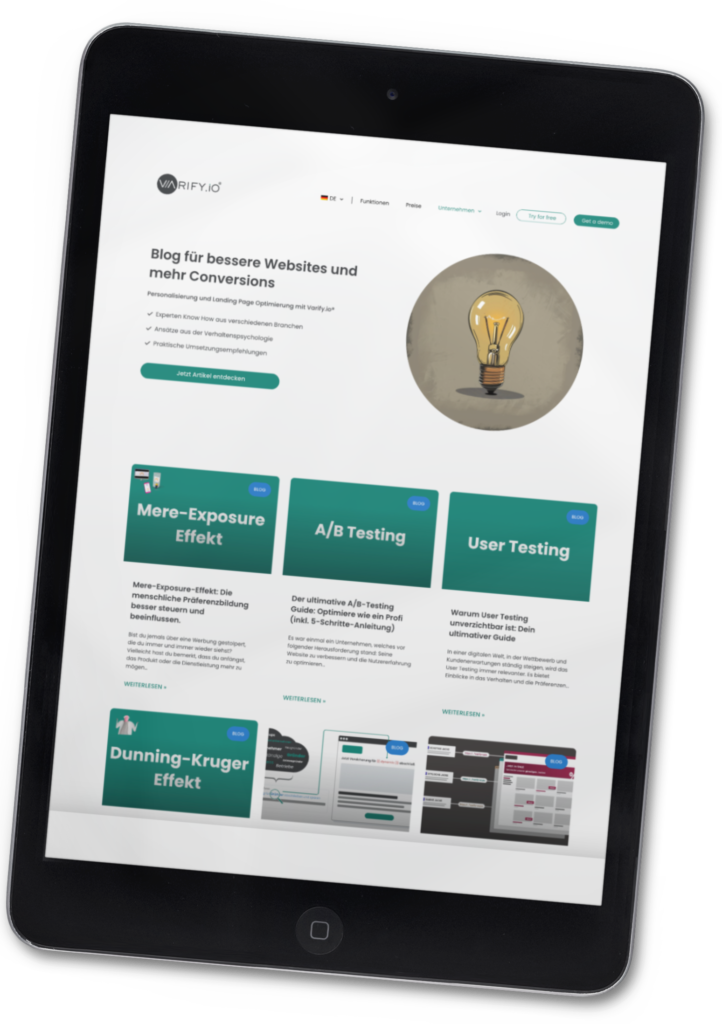In our fast-paced, information-saturated world, the days of "one size fits all" are long gone. Consumers today are more informed, more demanding, and require individualized approaches and solutions.
This is where segmentation steps into the spotlight. It is a crucial tool for marketers to meet the ever-changing demands of target groups.
What is segmentation? An overview
Segmentation refers to the process of dividing the market into different subgroups or "segments" that differ in their needs, preferences, or buying habits.
By precisely analyzing and defining these segments, companies can offer their products or services in a more targeted and efficient manner.
The evolution of segmentation: from mass production to individual customer targeting
In the past, in times of mass production, the idea was simple: one product for all. With globalization and the advent of the Internet, the era of the individual customer approach began.
This change has increased the need for a more refined segmentation strategy. Brands have realized that they can achieve a higher ROI by tailoring their messages to specific customer groups.
Important criteria for segmentation
Demographic criteria
Geographical criteria
They refer to the physical location of the customers. This can vary by region, country or even city. For example, a company selling sunscreen might intensify its marketing activities in sunny regions.
Psychographic criteria
Behavioral criteria
Advantages of segmentation:
a) More efficient use of resources
One of the main benefits of segmentation is the more efficient use of resources. By dividing their target groups into smaller, homogeneous groups, companies can better target their marketing and sales efforts, thus saving resources. Instead of launching broad and often ineffective campaigns, specific messages and offers can be created that are better suited to the needs and desires of the respective customer segments.
b) Targeted marketing strategies
Segmentation allows companies to develop tailored marketing strategies for each segment. Imagine being able to sell one sneaker specifically to teenagers and another to older fitness enthusiasts. The marketing strategy, imagery, tone and medium would be drastically different. This increases the likelihood of a purchase because the message is more resonant and relevant to that segment.
c) Higher customer satisfaction and loyalty
By better aligning offers and communication with the needs of the target groups, customer satisfaction increases. This often leads to a stronger bond and loyalty to the brand, as customers feel understood and valued.
Segmentation in practice
One of the best-known examples of successful market segmentation is the automotive industry. Brands such as Volkswagen offer a wide range of vehicles specifically tailored to different market segments - from low-cost entry-level models to luxury SUVs.
Another example is the cosmetics industry, which has developed products specifically for different age groups, skin types and even climate zones.
Challenges and stumbling blocks
One of the most common problems with market segmentation is over-segmentation. This is where the market is divided into too many small segments, which can lead to inefficient marketing efforts and wasted resources.
Another problem could be incorrect segmentation, where target groups are not correctly identified or understood. This can lead to marketing messages not resonating and thus not achieving the desired effect.
The future of segmentation
With the advancement of technology, especially artificial intelligence and Big Data, we are moving from micro-segmentation to hyper-personalization. This means that marketing messages and offers can be customized in real time and based on the customer's individual behavior and preferences.
A good example of this is online platforms such as Netflix or Spotify, which offer recommendations based on the user's previous preferences and behaviors.
Tips and tricks
- Ensure data quality: Make sure you use high quality and up-to-date data.
- Use customer feedback: Regular feedback from customers can help refine the segmentation strategy and ensure that it remains relevant and effective.
- Maintain flexibility: The market, customers and their preferences are constantly changing. It is important to remain flexible and adapt the segmentation strategy as needed.
Conclusion
Segmentation plays a crucial role in modern marketing. It enables companies to focus their efforts, use resources more efficiently, and ultimately run more successful marketing campaigns.
In a world driven by data and technology, the ability to effectively segment the market and deliver personalized experiences will become increasingly important.
